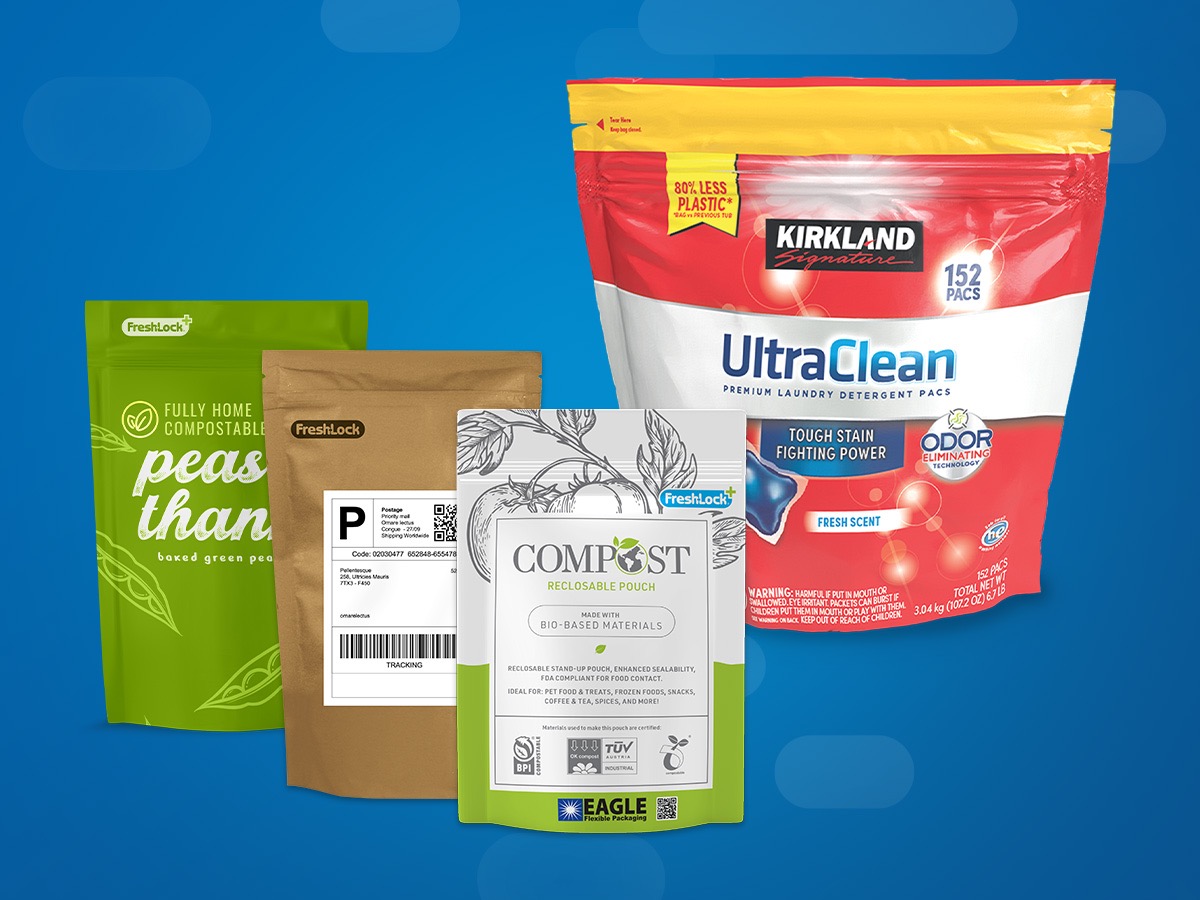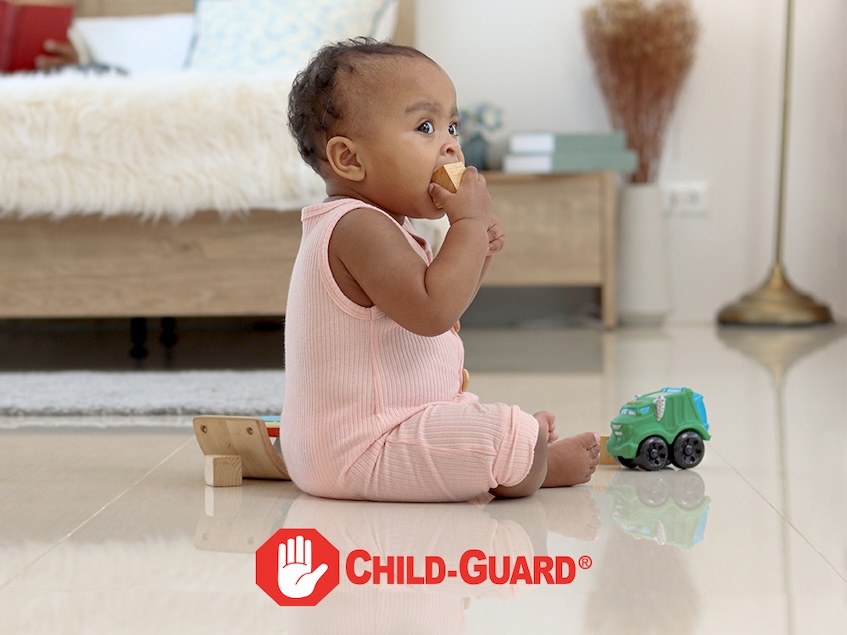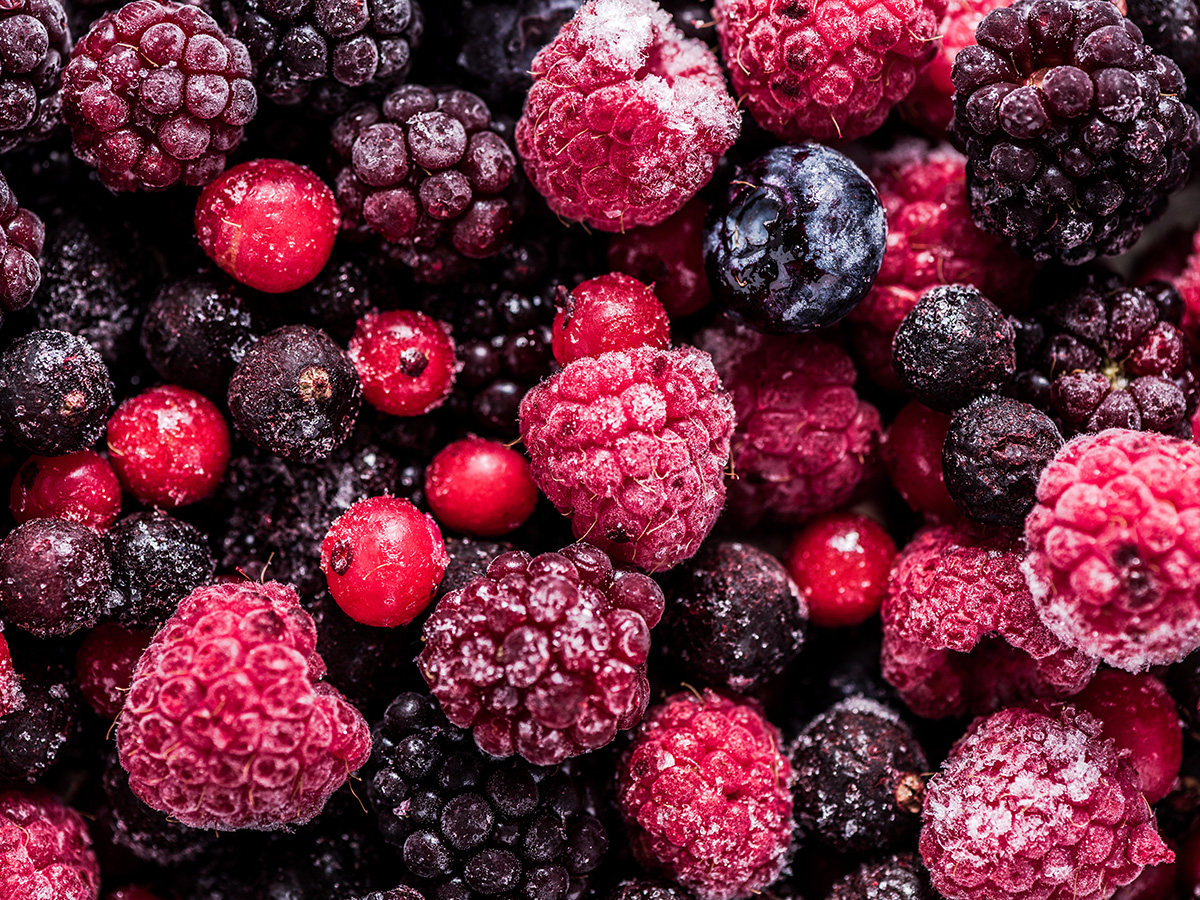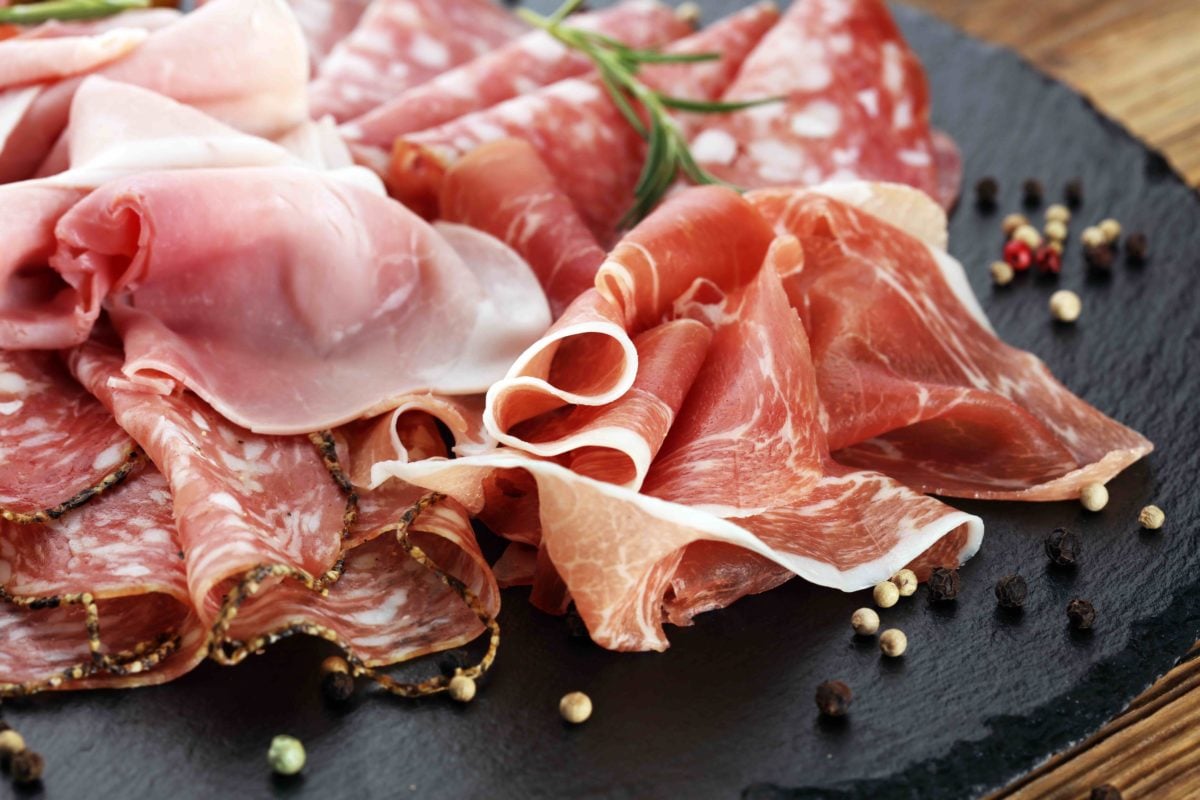
Why Do Babies and Toddlers Put Everything in Their Mouths?
“Not in your mouth!” It’s a phrase every parent of a toddler has called out dozens of times. For 18-month-olds, there’s no such thing as the five-second rule—everything is up for grabs. Of course, as babies discover different household items and stick them in their mouths there are safety risks, choking hazards, and a world full of germs that can stress parents out.
Beyond taking away the potentially dangerous items, this can be a difficult habit to break. So, what can parents do? When should they be concerned about their child’s behavior? Let’s take a closer look at why many younger children seem obsessed with taste testing everything.
4 Reasons Babies Put Things in Their Mouths
1. Babies Use Their Mouths to Feel and Explore Things
Development of gross and fine motor skills starts at a baby’s head and works down through the rest of their body. This means that even when babies learn to grab onto things with their hands, they may not have learned to control their fingers, but they will have developed better control of their mouth, face, lips, and tongue. Additionally, a baby’s mouth has more nerve endings than any other part of the body. This means that when those little hands bring toys and other objects directly to their mouth, it’s their way of exploring.
As children become more mobile, they will start using their hands and fingers to examine objects more often. However, their mouths can still play a role in exploration. Just about everything is brand new and interesting to younger toddlers. They’re curious, and they’re using all five senses to learn about their surroundings. Between infancy and 24 months, it’s common for children to pop objects into their mouths to explore the flavor. Thankfully, by three years of age, most parents can expect their child to stop using their mouths for exploration altogether.
2. Teething Babies Put Things in Their Mouths to Help Relieve Pain
Cutting a new tooth is an uncomfortable experience for little ones. Parents may notice young children chewing on toys, books, clothing, and other items because the pressure gives their sore gums some relief. This type of behavior will typically stop after those teeth get through the gums. Giving children who are teething toys that are meant to be chewed on may stop them from chewing on the things that aren’t.
3. Toddlers Put Things In their Mouths for Self-Soothing
Babies have the natural urge to suck, which is why many parents use a pacifier to keep infants calm between feedings.
As parents ween their toddlers off the pacifier, the children may turn to other things to soothe themselves. This is when thumb-sucking may begin. Other children may put their hair or clothing into their mouths or may begin biting their nails.
Sucking or chewing on objects can help regulate the nervous system, providing a calming effect that can help reduce feelings of stress or nervousness. Chewing can also become a habit when a child is bored. By understanding why the child is chewing, parents are better equipped to help redirect the behavior so that it doesn’t become a long-term habit or put the child in potential danger.
4. Some Toddlers May Experience Developmental Issues That Cause Them to Chew
While it’s common for toddlers to stick things in their mouths, parents shouldn’t let it become a long-term habit as it can lead to issues like dental problems or ingestion of a potentially harmful substance. If a child continues to put things in their mouth beyond 24 months old, it could be because of a more serious issue called pica.
In these instances, children may display an appetite for non-nutritious items. They may regularly chew on or try to eat things like paper, dirt, sand from the sandbox, drywall, or paint chips. Pica is a disorder with both safety and health concerns, as well as possible developmental issues. It is wise to discuss this type of behavior with the child’s pediatrician. Parents can learn more about problems associated with pica at ClevelandClinic.org.
What Can Parents Do to Help Stop Babies and Toddlers from Putting Things in Their Mouths?
Demanding that a child stop putting things in their mouth may not be the best solution. Instead, try redirecting their attention. Consider giving a young child crackers or a sippy cup to help keep them from reaching for foreign objects.
While it is normal for babies and younger toddlers to put things in their mouths, that doesn’t eliminate the concerns that come with those actions. Parents and caretakers still need to keep a close eye on curious children as they become mobile.
Addressing Safety Risks to Protect Your Children
Young Children and Choking Hazards
When it comes to choking hazards, parents will need to do their best to keep small toys and other objects like coins out of curious toddlers' hands. If there are older kids in the home, explain that it is their responsibility as a big brother or big sister to help keep those items away from their younger siblings.
A good precautionary measure is to learn how to give the Heimlich maneuver to toddlers and infants. Parents and caregivers can and should take Heimlich/CPR certification training, which could help save a child’s life. Many local Red Cross chapters offer such classes.
Child-Resistant Closures Can Help Prevent Poisoning in Children
With more than 9 in 10 poisonings in children happening in the home, parents need to make the house as safe as possible.
Cupboards and drawers containing toxic chemicals that could lead to poisoning should be secured with child-safety locks. Products such as medications, household cleaners, makeup, and laundry detergent packets should be placed out of reach with the package securely closed.
Parents can also make sure any potentially dangerous products they purchase come in child-resistant packaging.

To do our part, the Fresh-Lock team created Fresh-Lock® Child-Resistant Zippers and the Child-Guard® Track & Slider—child-resistant closures designed for use with flexible packages.
These closures are like the familiar child-safety caps found on bottles of medicine in that they require extra skill to open the package. That means that if a package finds its way into little hands, parents will have more time to take a potentially dangerous product away before a child puts it in their mouth.
The next time you’re shopping, look for the Child-Guard® closure on products from responsible brands. When choosing products with this type of child-resistant packaging, parents are taking one more important step to keep their family safe from harm.

 Back to Blog
Back to Blog


